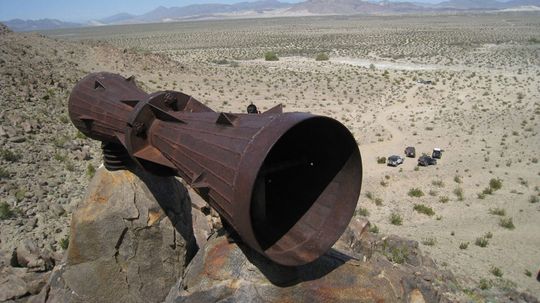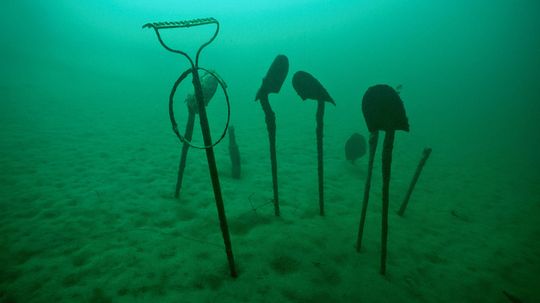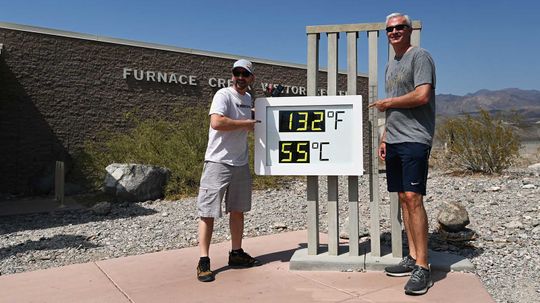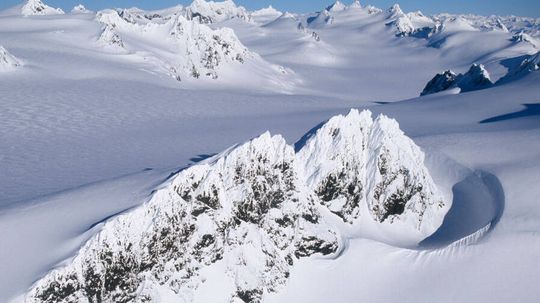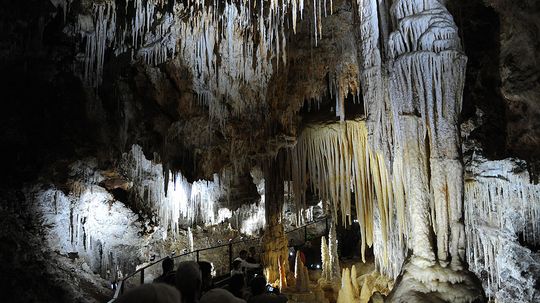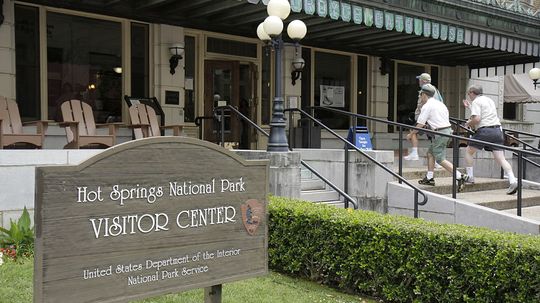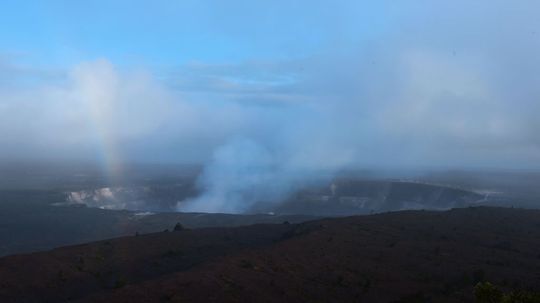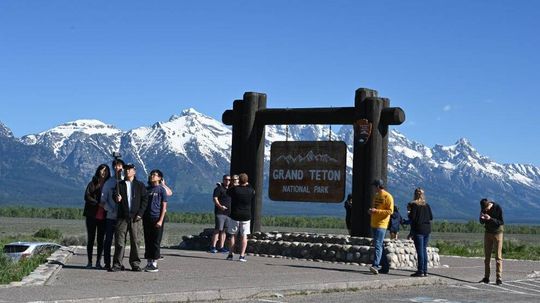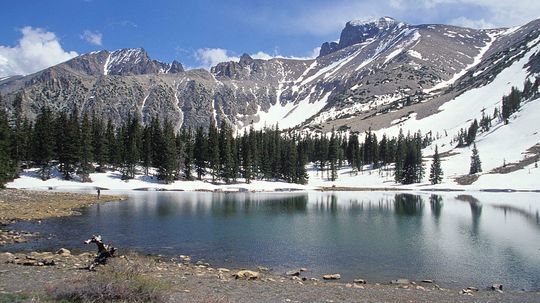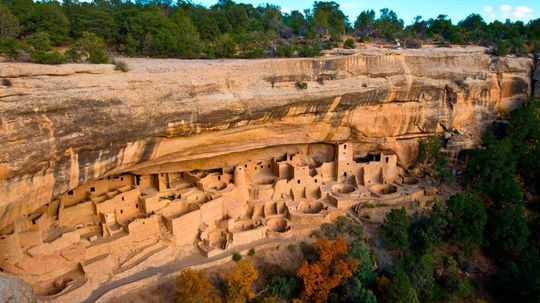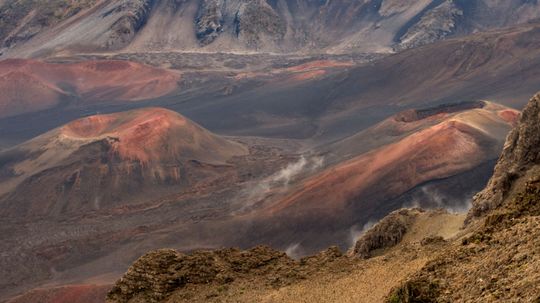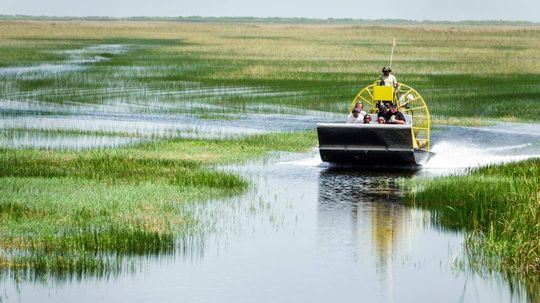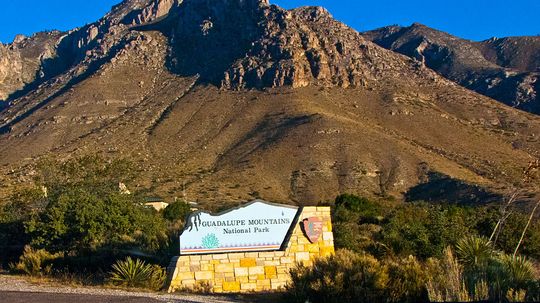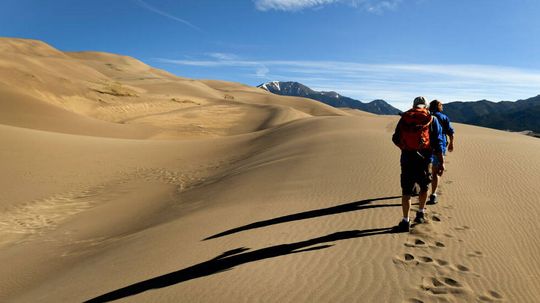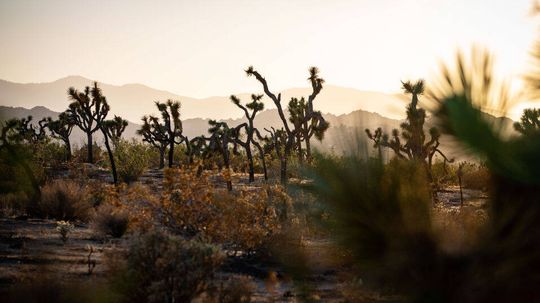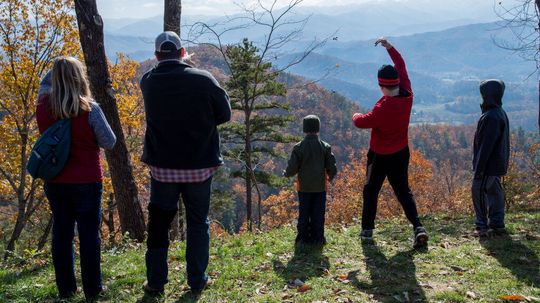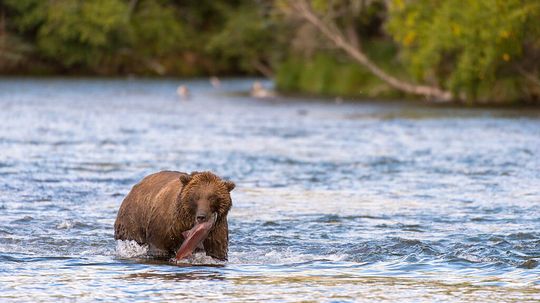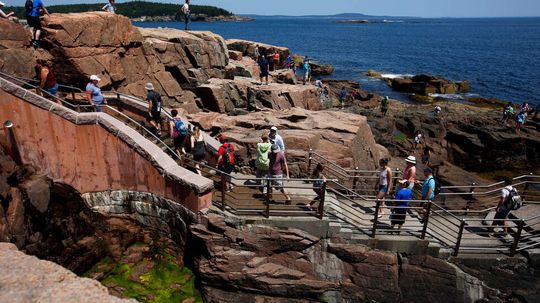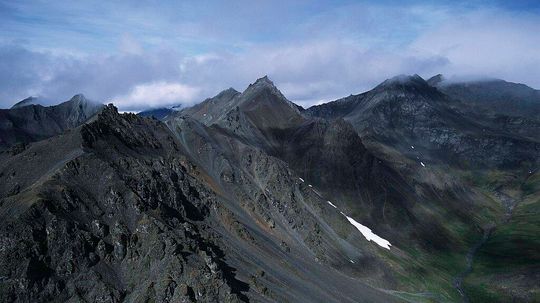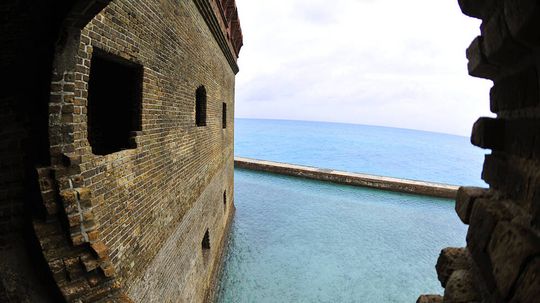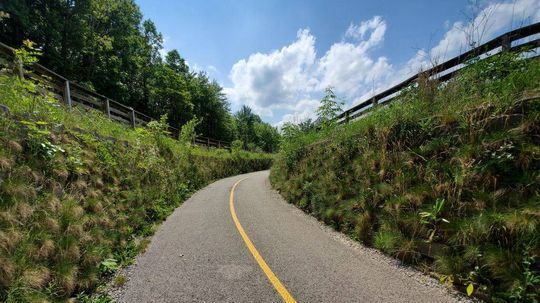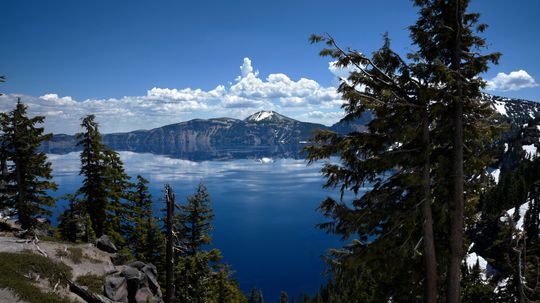National Parks
National park is a term used to denote a reserved area of land owned by the government. Explore all of the parks and learn about their natural scenery and historic values.
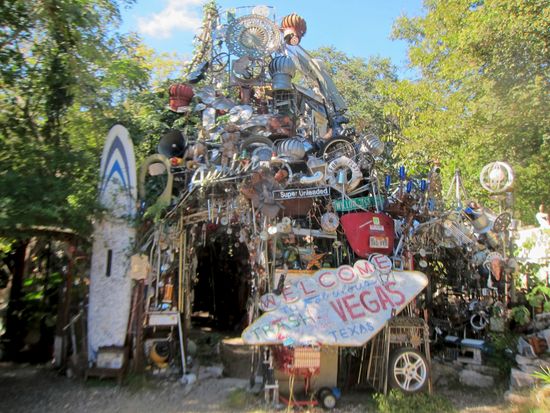
Unveiling the Wonders of the Cathedral of Junk
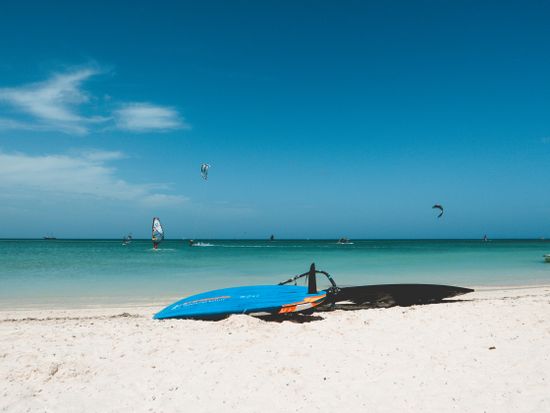
12 Best Beaches in Aruba: A Paradise for Sun Seekers

Best Beaches in Thailand: A Tropical Paradise Awaits

The 9 Best Restaurants in Mountain View, California

10 Alternatives to the Las Vegas Vacation
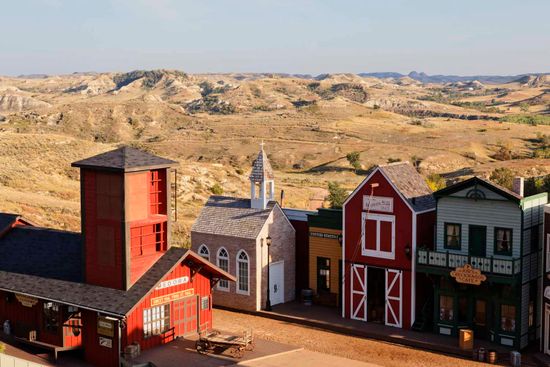
10 Tiny Towns with Big Tourism Dreams
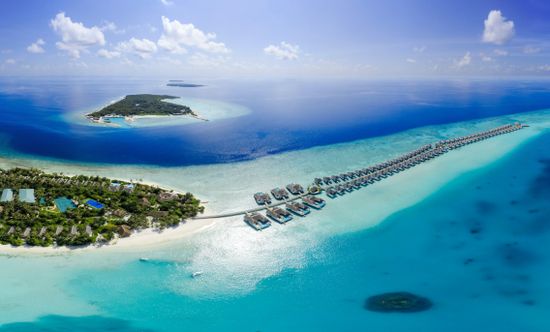
The Complete Guide to Planning Your Perfect Maldives Vacation in 2023
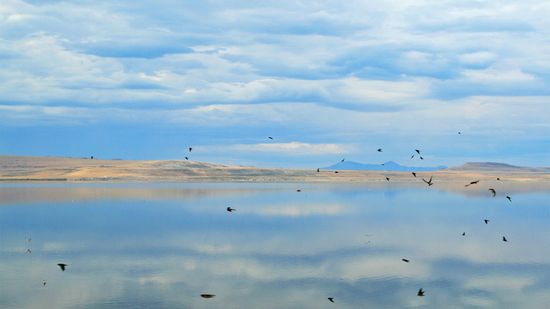
Utah's Fabled Great Salt Lake Is Shrinking
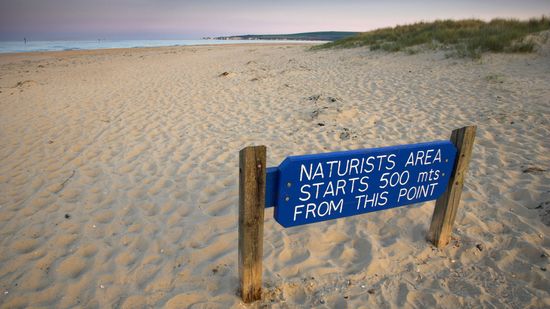
How Nude Beaches Work

California and Marijuana Tourism: What You Need to Know
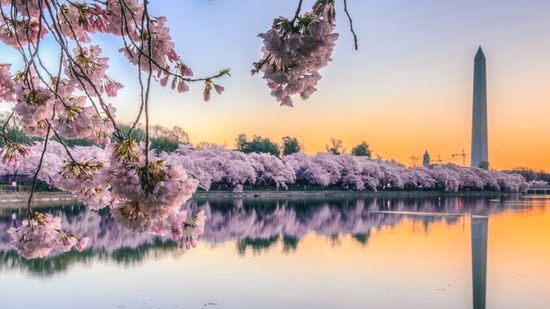
Family Vacations
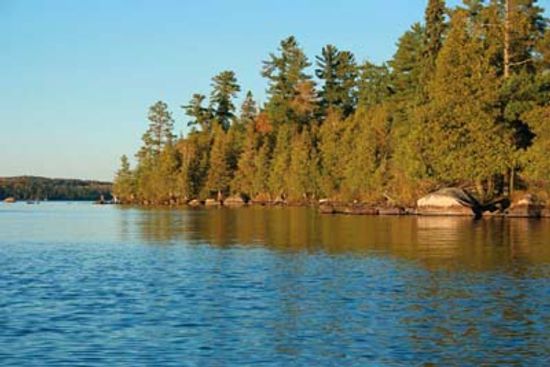
Family Vacations in Minnesota

10 Guaranteed Ways to Ruin a Family Reunion

How to Plan a Family Reunion

Top 10 Family Reunion Games

First Skyscraper: The Birth of Modern Urban Architecture
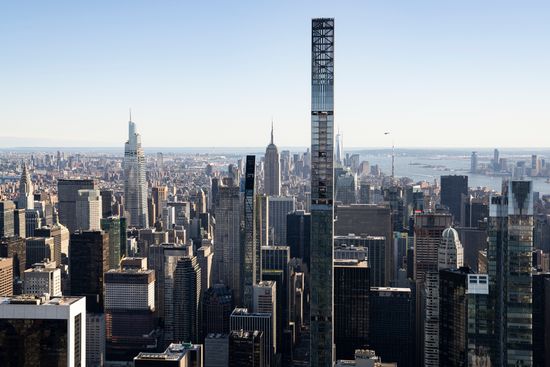
Steinway Tower: New York's Elegant Addition to the Skyline

CN Tower: Toronto's Skyline Beacon and Architectural Wonder

Flower-covered Floats Blossom at the Annual Rose Parade

Spain's La Tomatina: The World's Biggest Food Fight

10 Wacky Small Town Festivals
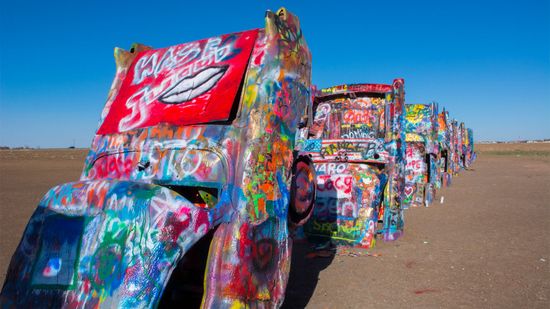
Cadillac Ranch: Where the Cars Are the Canvas
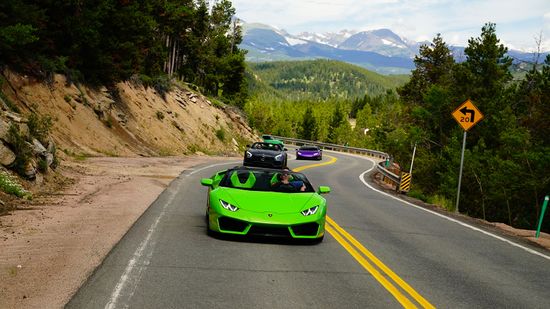
5 Things to Know Before You Try the Driving Experience of a Lifetime

Tail of the Dragon, Plus 4 Other Roads That Are Wicked-fun to Drive
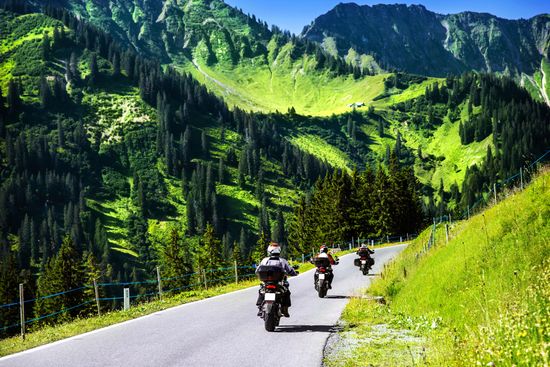
10 Great Motorcycle Trips
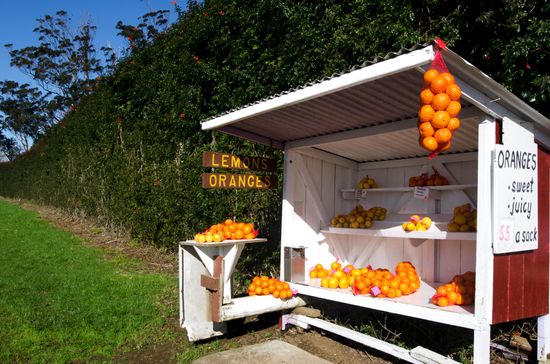
10 Foods to Buy by the Side of the Road
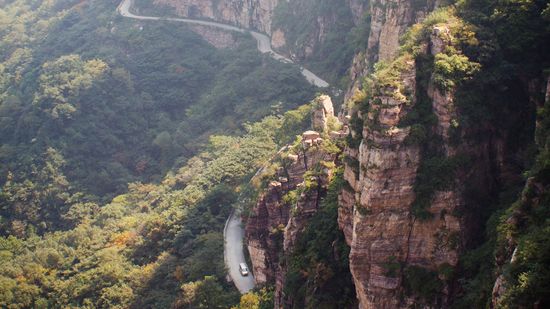
5 Most Dangerous Roads in the World
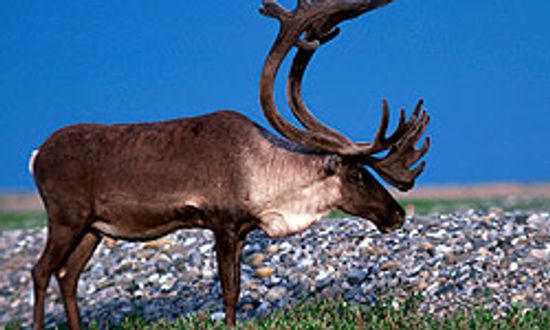
Everything I Need to Know I Learned ... Caribou Tracking
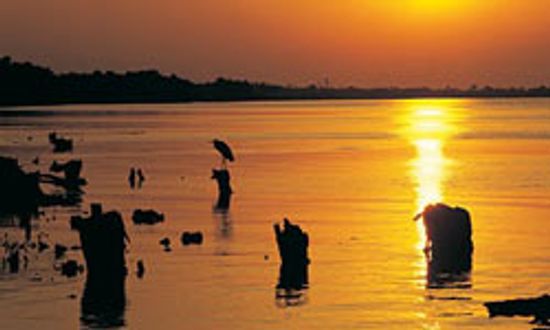
10 Things Alaska and Alabama have in Common

10 Must-haves for a Family-friendly Resort

Could Saudi Arabia's The Rig Be the Next Big Thing in Extreme Tourism?
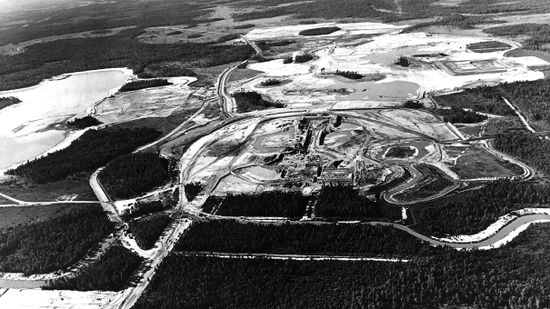
Disney World and Its Tangled Web With CIA Ops
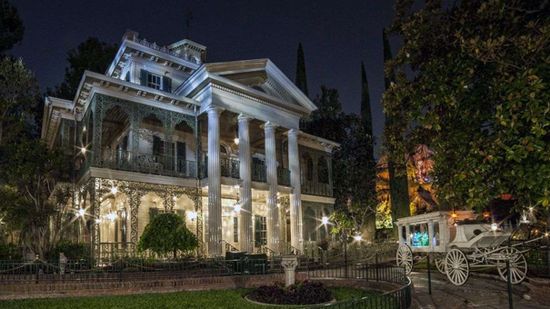
The Many Haunted Mansions of Disney Theme Parks
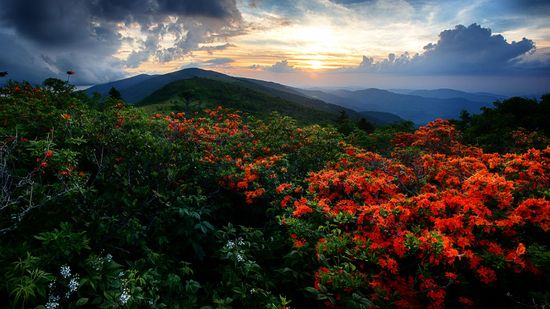
Beyond the Appalachian: Meet All 11 of America's National Scenic Trails
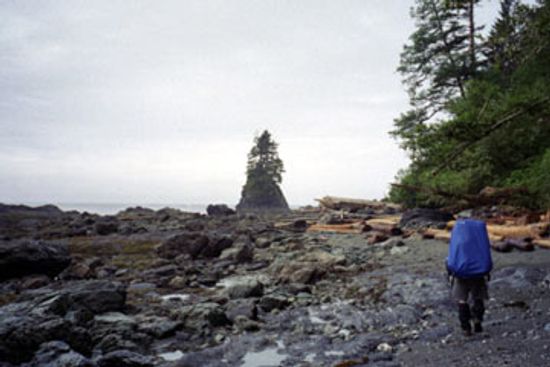
A Guide to Hiking the West Coast Trail

A Guide to Long Trail Hiking

10 RV Travel Tips for Retirees

How to Find a Retiree Travel Club

What are the best vacation spots for baby boomers?
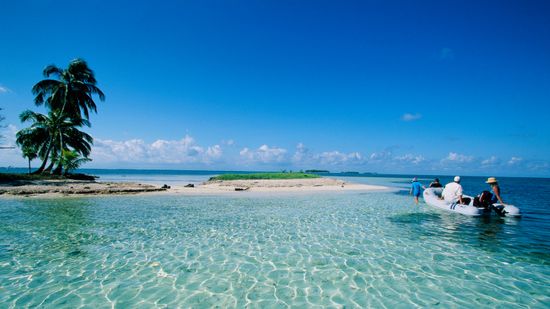
Is Belize Safe to Visit in 2023?

Is Costa Rica Safe? A Comprehensive Guide for Travelers

Is Morocco Safe to Visit in 2023?
Learn More
Discover the best US national parks by state, from Alaska to Wyoming. Find out what to see and do in these natural wonders.
By Freelance Contributor
This huge hunk of metal has been perched on a hilltop in the Mojave Desert for decades. No one knows who put it there nor why. Was it the U.S. Air Force, pranksters — or aliens?
By Nathan Chandler
This stunning national park is a scuba diver's dream. But it's not for the inexperienced.
By Stephanie Vermillion
Advertisement
Death Valley hit 130 degrees Fahrenheit again Sunday July 11, 2021. That is only the fifth time in recorded history temperatures have reached 130 degrees on Earth. Why is it so hot here and how can anything survive in such brutal conditions?
By Stephanie Vermillion
Sand Dunes and Half a Million Caribou Situated entirely north of the Arctic Circle, Kobuk Valley National Park preserves a natural landscape rich with ancient history and caribou. A true wilderness, there are no roads, no trails, no campgrounds, and no wilderness center — backcountry is the only country in this park.
By Freelance Contributor
A Glimpse of Past Ice Ages Located south of Anchorage near the town of Seward lies Alaska’s smallest national park. Carved by glaciers flowing from the Harding Icefield to the sea, Kenai Fjords National Park is a rugged arctic landscape and rich habitat for marine animals and other wildlife.
By Freelance Contributor
Descend into the Longest Known Caving System in the World Mammoth Cave National Park houses the longest known cave system in the world, with more than 390 miles of explored caverns and passageways.
By Freelance Contributor
Advertisement
Hot Springs National Park is adjacent to the city of Hot Springs, Arkansas. It gets its name from the hot spring water that flows down the western side of an eponymous mountain. At just more than 5,500 acres, it is the smallest national park by area, but it receives 1.3 million visitors a year.
By Freelance Contributor
A South Pacific Paradise of Volcanic Islands The only U.S. national park south of the equator is the National Park of American Samoa. Located in the Pacific Ocean, the park is made up of three volcanic, mountainous islands. The islands are rich with tropical rainforests, beaches, cliffs, coral reefs, and Samoan culture.
By Freelance Contributor
Experience Active the Active Volcanic Landscape of Mauna Loa and Kilauea Five volcanoes make up the Big Island of Hawaii, and Hawaii Volcanoes National Park protects two of them — Mauna Loa and Kilauea.
By Freelance Contributor
A Destination for Natural Beauty and Adventure Grand Teton National Park was founded twice– first in 1929, with an area of 96,000 acres, and then again in 1950. The 1950 grant, which consolidated lands that had been issued by the presidential proclamation almost a decade earlier, expanded Grand Teton to a size of 310,000 acres.
By Freelance Contributor
Advertisement
Stunning Marble Caves under the Starriest Night Skies In east-central Nevada lies Great Basin National Park, with forests of bristlecone pines, beautiful caves, and one of the clearest night skies you’ll ever experience. Activities in Great Basin National Park Tour the Lehman Caves.
By Freelance Contributor
Tour Cliff Dwellings of the Ancestral Puebloans Nestled into the sheltered alcoves of the canyon walls stand the remains of elaborate stone communities constructed by the Ancestral Puebloans of Mesa Verde more than 900 years ago.
By Freelance Contributor
Cinder Cones, Tropical Paradise and Starry Skies Located on the island of Maui, Haleakala National Park was once part of a larger park that also included Hawaii Volcanoes National Park. The combined park, called simply Hawaii National Park, was split in 1961.
By Freelance Contributor
Journey into the Fragile Wetlands Everglades National Park protects 25 percent of the original Everglades wetlands in southern Florida. The third-largest national park in the contiguous United States, the Everglades are the only subtropical wilderness in the country. The park is an intricate network of rivers and wetlands that houses a beautiful yet fragile ecosystem.
By Freelance Contributor
Advertisement
The Island in the Desert Often overlooked by travelers who unknowingly pass by, the Guadalupe Mountains National Park’s seemingly vast emptiness is anything but empty. The park is home to ancient marine fossils, three major ecosystems, and the highest peak in all of Texas.
By Freelance Contributor
Ascend the Tallest Sand Dunes in North America From a distance, the wind-sculpted landscape of Great Sand Dunes National Park and preserve can seem unassuming against the backdrop of the Sangre De Cristo Mountains in south-central Colorado.
By Freelance Contributor
Venture into the Picturesque Mojave Desert You’d never expect a desert to be so teeming with life.
By Freelance Contributor
America’s Most Visited National Park Great Smoky Mountains National Park is the most visited park in the system, hosting more than 9 million visitors a year. Unlike most national parks, entry to the park is free. Its surrounding communities depend heavily on the park, which is the lynchpin of the region’s tourism economy.
By Freelance Contributor
Advertisement
Fish the Brooks River with over 2,000 Brown Bears Located on the Alaska Peninsula almost directly across from Kodiak Island, Katmai National Park and Preserve is famous for its large population of brown bears and its stunning Valley of Ten Thousand Smokes.
By Freelance Contributor
America’s First Sunrise If Maine is known by the moniker “Vacationland,” then Acadia National Park is one big reason why. More than 2.5 million people visited the 47,000-acre park in 2010 — the most notable among them being the First Family, whose day-one itinerary illustrated much of what Acadia has to offer.
By Freelance Contributor
Land of the Midnight Sun Located entirely north of the Arctic Circle, Gates of the Arctic National Park is the northernmost park administered by the National Park Service. At more than 7.5 million acres, it is a vast, mountainous region roughly the size of Switzerland, and almost 95 percent of the park is wilderness.
By Freelance Contributor
The Guardian of the Gulf of Mexico Travelers to Dry Tortugas National Park have to fly or sail about 70 miles in order to visit this island’s beauty. Located closer to Cuba than to the U.S. mainland, many people are unaware that this isolated national park exists.
By Freelance Contributor
Advertisement
Discover Waterfalls and Caves Along the Crooked River Cuyahoga Valley National Park is among the smallest and the newest parks in the system, but don’t let its diminutive size or recently elevated status fool you.
By Freelance Contributor
Clear Blue Waters Await in America’s Deepest Lake Crater Lake is the most prominent feature of Crater Lake National Park. Formed from a cataclysmic volcanic eruption about 7,700 years ago, the lake has long been revered as a sacred site by the Klamath peoples native to southern Oregon.
By Freelance Contributor

